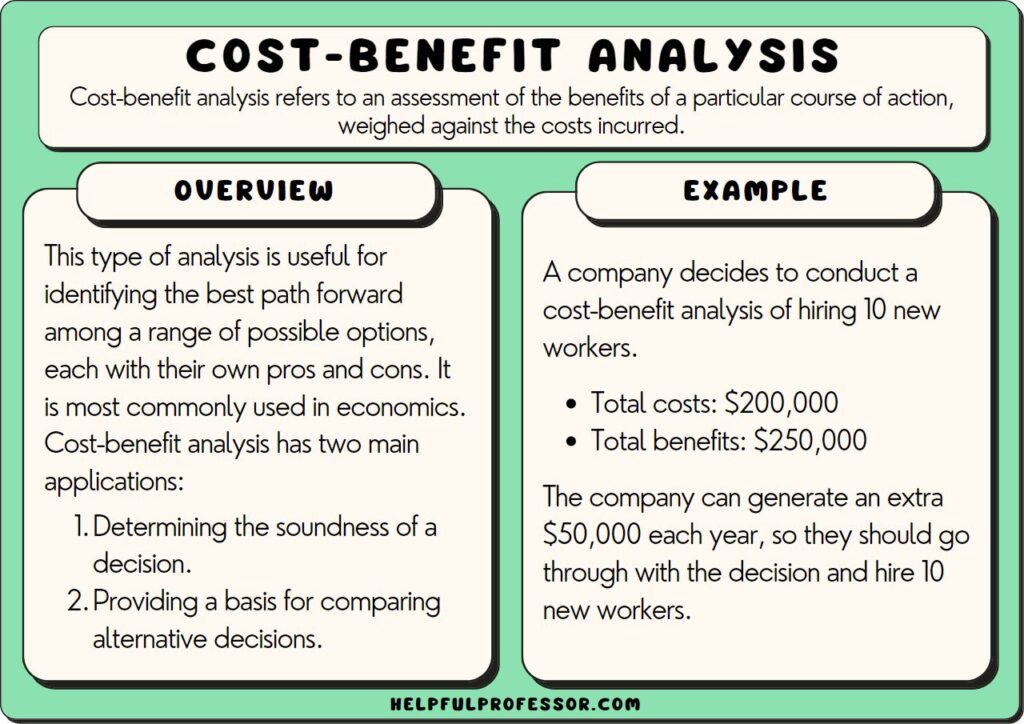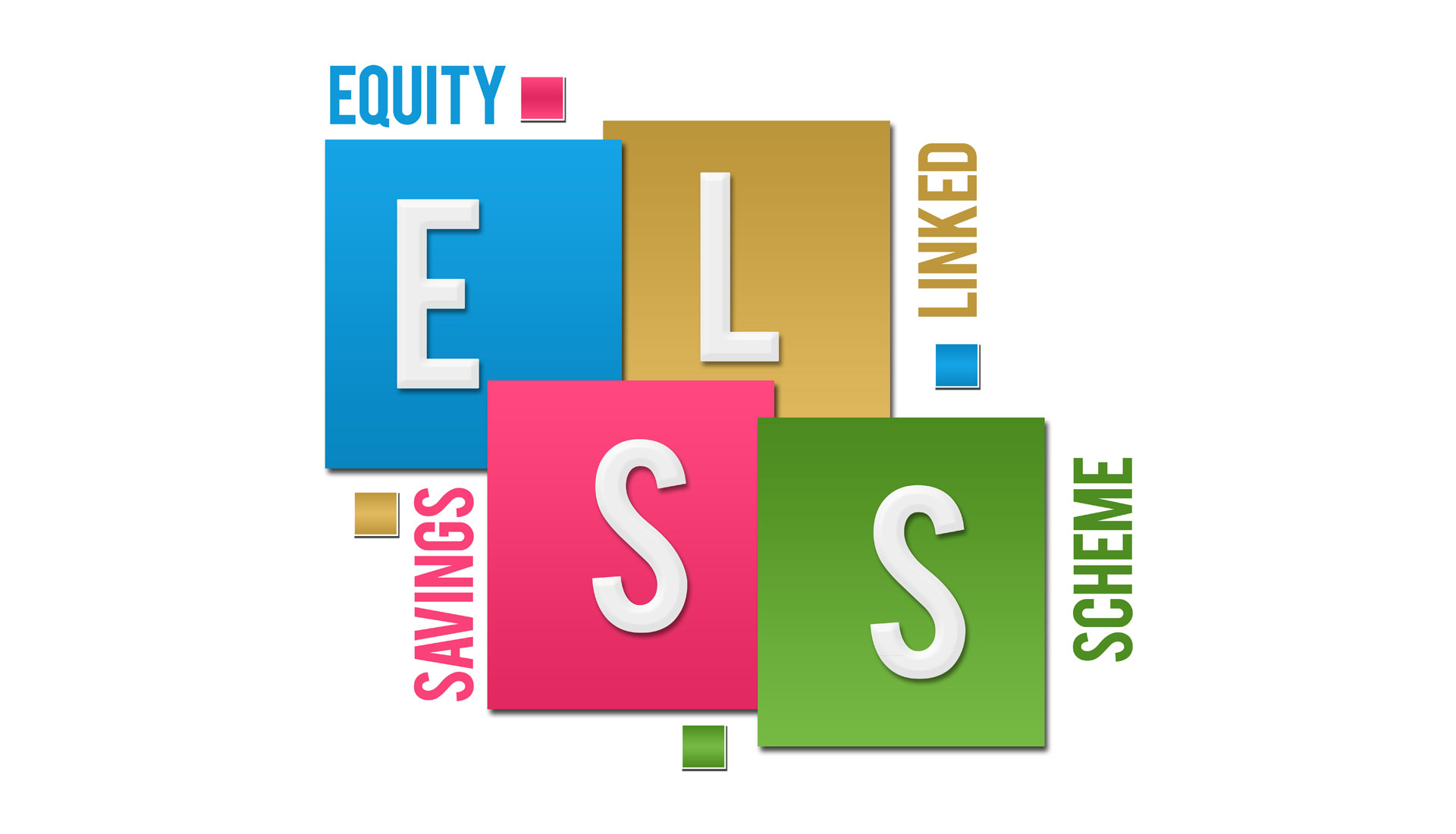Examples of Cost Benefit Analysis
In this article, we will explore various examples of cost-benefit analysis and its significance in decision-making processes. Cost-benefit analysis is a systematic approach used to evaluate the potential costs and benefits of a project or investment, allowing organizations to make informed decisions based on financial and non-financial factors.
Example 1: Infrastructure Development
One common application of cost-benefit analysis is in infrastructure development projects. Let’s consider the construction of a new highway. The costs involved include land acquisition, construction materials, labor, and ongoing maintenance. On the other hand, the benefits could include reduced travel time, increased economic activity, and improved transportation efficiency.
By quantifying and comparing the costs and benefits, decision-makers can determine whether the project is economically viable. If the benefits outweigh the costs, it becomes a favorable investment. However, if the costs exceed the benefits, alternative options can be explored.
Example 2: Environmental Conservation
Cost-benefit analysis is also used to assess environmental conservation initiatives. For instance, let’s consider the implementation of a recycling program in a city. The costs may include setting up recycling facilities, educating the public, and managing the program. The benefits could include reduced landfill waste, conservation of resources, and potential revenue from recycled materials.
By evaluating the costs against the benefits, decision-makers can determine the feasibility and effectiveness of the recycling program. This analysis helps prioritize investments in initiatives that provide the greatest environmental impact while considering financial constraints.
Example 3: Business Expansion
Cost-benefit analysis plays a crucial role in determining whether a business should expand into new markets or launch new products. Let’s imagine a company considering the expansion of its product line. The costs may include research and development, production, marketing, and distribution. The benefits could include increased sales, market share, and brand recognition.
Through a comprehensive cost-benefit analysis, decision-makers can assess the potential return on investment and the risks associated with the expansion. This analysis aids in making informed decisions that align with the company’s growth objectives and financial capabilities.

Cost benefit analysis is a powerful tool that enables organizations to evaluate the financial and non-financial aspects of a project or investment. By comparing the costs against the benefits, decision-makers can make informed choices that optimize resources and maximize value. Whether it’s infrastructure development, environmental conservation, or business expansion, cost-benefit analysis helps organizations prioritize investments and make sound decisions for long-term success.
FAQ’s:
What is the cost-benefit analysis?
Cost-benefit analysis (CBA) is a systematic approach to evaluating the benefits and costs of a project, policy, or decision to determine its overall feasibility and economic viability.
Why is cost-benefit analysis important?
Cost-benefit analysis helps decision-makers assess the potential impacts of their choices, compare alternatives, and make informed decisions based on the expected benefits and costs.
What are the key steps in conducting a cost-benefit analysis?
The key steps in conducting a cost-benefit analysis include identifying the project or decision, defining the scope and objectives, identifying and quantifying costs and benefits, assigning monetary values, discounting future values, and comparing the net benefits.
What are some examples of cost-benefit analysis?
Examples of cost-benefit analysis include evaluating the construction of a new highway, implementing a renewable energy project, or introducing a new healthcare policy.
How do you calculate the net benefit in cost-benefit analysis?
The net benefit in cost-benefit analysis is calculated by subtracting the total costs from the total benefits. If the result is positive, it indicates that the benefits outweigh the costs.
What are the limitations of cost-benefit analysis?
Limitations of cost-benefit analysis include the difficulty of assigning monetary values to intangible benefits, the reliance on accurate data and assumptions, and the potential for subjective judgments to influence the results.
How does cost-benefit analysis help in decision-making?
Cost-benefit analysis helps in decision-making by providing a structured framework for evaluating options, considering trade-offs, and selecting the alternative that maximizes overall benefits.
What are the advantages of using cost-benefit analysis?
The advantages of using cost-benefit analysis include improved transparency, better resource allocation, enhanced accountability, and the ability to compare the economic efficiency of different projects or policies.
Who typically conducts cost-benefit analysis?
Cost-benefit analysis can be conducted by economists, analysts, government agencies, private companies, or any entity responsible for making decisions that involve significant costs and benefits.
Can cost-benefit analysis be applied to non-economic factors?
Yes, cost-benefit analysis can be applied to non-economic factors by assigning monetary values to intangible benefits or by using alternative evaluation methods such as cost-effectiveness analysis.




